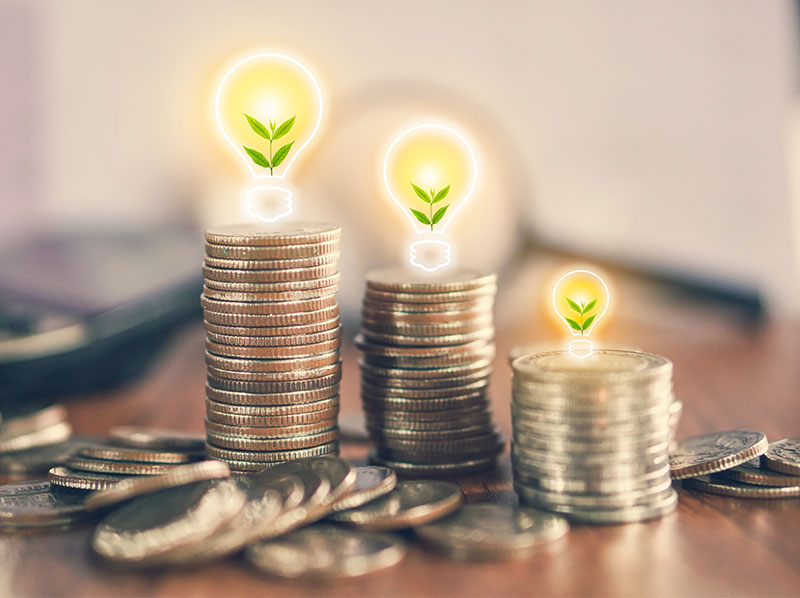
The world will need less energy from 2035 onwards, with global energy demand expected to peak in 2035 at 470 EJ per year, predicts DNV GL’s Energy Transition Outlook 2018. This will be driven by rapid improvements in energy efficiency and to widespread electrification.
DNV GL expects a reduced global energy requirement to reshape energy investment trends, with global expenditure on energy predicted to be, as a percentage of economic output, 44 per cent lower in 2050 than it is today. Capital expenditure into renewables (USD 2.4 trillion) and energy grids (USD 1.5 trillion) will overtake fossil projects from 2029, and are set to triple by 2050. Fossil fuel spending will fall by a third to USD 2.1 trillion by mid-century.
Globally, policy developments will continue to favour renewables technology, with renewables expected to supply half of the world’s energy needs in 2050. Top renewable sources will be from solar PV (16 percent of global energy supply) and wind (12 percent of global energy supply).
Fossil fuels will play an important if diminished role, with its share of the global energy mix expected to fall from around 80 percent today to 50 percent in 2050. Natural gas will become the single largest source by 2026 and is projected to meet a quarter of the world’s energy demand by mid-century.
“As money and policy increasingly favour gas and renewables, the rapidly electrifying energy system will deliver efficiency gains that outpace GDP and population growth,” said Remi Eriksen, Group President and CEO of DNV GL. “We need to capitalise on the affordability of the energy transition and take extraordinary measures to create a sustainable future.”